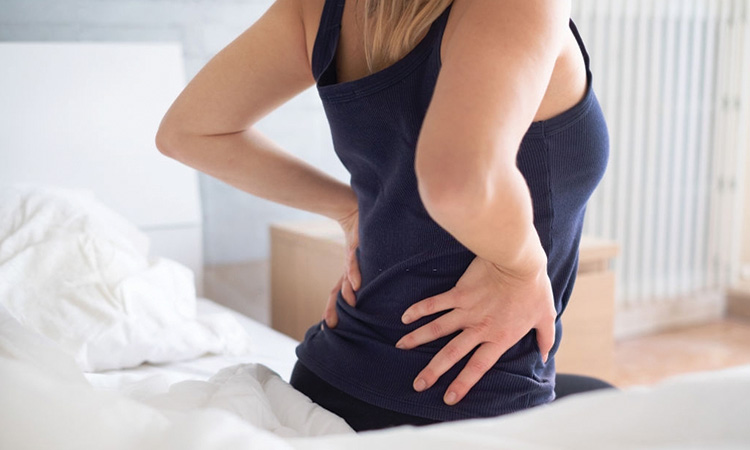A painless and easy postpartum time is perhaps the wish of every mother. A mother wants to enjoy every moment with her bundle of joy, without any discomfort. But some pain during pregnancy can extend to the postpartum phase as well. One such pain is hip pain after delivery.
The hip joint is a complex joint that could easily trigger many complications due to an array of factors. Therefore, women might experience hip pain after both vaginal delivery and c-section. Read on to understand the causes and ways to deal with hip pain after delivery.
Is Hip Pain After Delivery Normal?
According to our panel gynaecologist Dr Ankita Patel Tayal, hip pain after pregnancy, whether you have a cesarean or vaginal birth, can be normal. The bones, ligaments, and muscles loosen or stretch too much during pregnancy. These might take 2 to 3 weeks to get back to their normal position and shape.
However, if the pain persists even after three weeks, it could be due to some underlying issue that requires medical attention
What Causes Hip Pain After Delivery?
We all know that pregnancy weight gain, surging pregnancy hormones, and loosening ligaments contribute to hip pain during pregnancy.
But, why does hip pain persist after delivery?
Well, anything from postpartum pelvic girdle can cause hip pain after delivery.
Some common causes include, but not limited to – laying aside for a long time, sitting in an awkward position, overexertion, sprains, or strains due to wrong movements.
Related Reading: How To Deal With Tailbone Pain After C Section
However, some issues that necessitate immediate medical attention can also trigger hip pain after delivery.
According to NCBI, even though rare, infection, conditions such as septic arthritis or osteomyelitis, can also bring about chronic joint pain after delivery.
Therefore, it is not wise to ignore postpartum hip pain.
Causes of hip pain after vaginal delivery
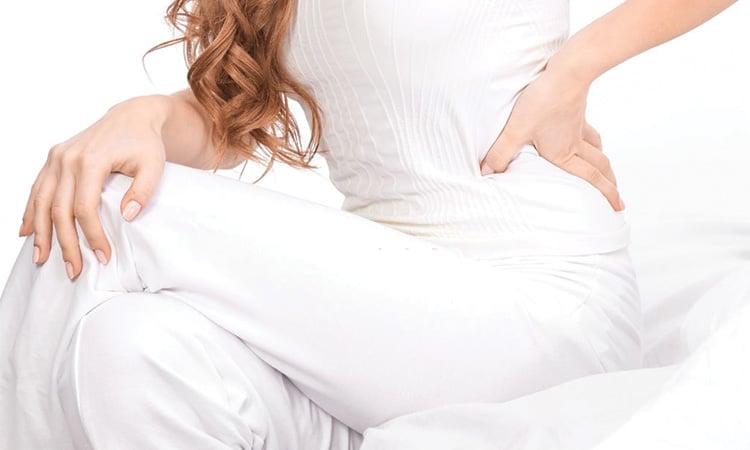
During a vaginal delivery, the baby is birthed out of the vaginal area.
There is a whole group of muscles called the pelvic floor with numerous nerves that helps to relax and contract as the baby pushes out.
Therefore as the baby pushes through the birth canal, there are higher chances for these nerves to traumatize. This can bring about the pain associated with these nerves.
Likewise, muscles in and around the thighs can also get affected during delivery.When undergoing a vaginal delivery, the legs have to bend and rotate and spread outward.
But, when the mother is on epidural, she may not be able to feel the exact position of the legs.
She, therefore more often ends up with stretching her legs more than the normal range she would normally do. This also puts extra pressure on the hip joint, causing hip pain after delivery.
Reasons for hip pain after vaginal delivery can be due to a difficult birth. Bruising, dislocation, or even fracturing can take place after difficult childbirth that could potentially trigger hip pain.
Acetabular labral tear
The hip joint is a complicated joint on were top of the thigh bone (head of the femur), a cup-shaped part of the pelvic bone (acetabulum). These are the two main parts of the hip joint. A thick soft tissue covers the acetabulum. It is called the acetabular labrum.
It is this soft tissue that helps with smooth movements of the hip. An acetabular labral tear can lead to chronic postpartum hip pain. According to NIH, an acetabular labral tear can be one of the reasons for hip pain after vaginal delivery.
Wrong delivery position, difficult delivery, preexisting hip conditions, etc. can cause acetabular labral tear.
Sacral stress fracture
According to NCBI, Sacral stress fractures during vaginal delivery can cause severe hip pain after delivery.
Pregnancy-related osteoporosis, vaginal delivery of big babies, rapid vaginal delivery, etc can bring about a sacral stress fracture.
Causes of hip pain after C section
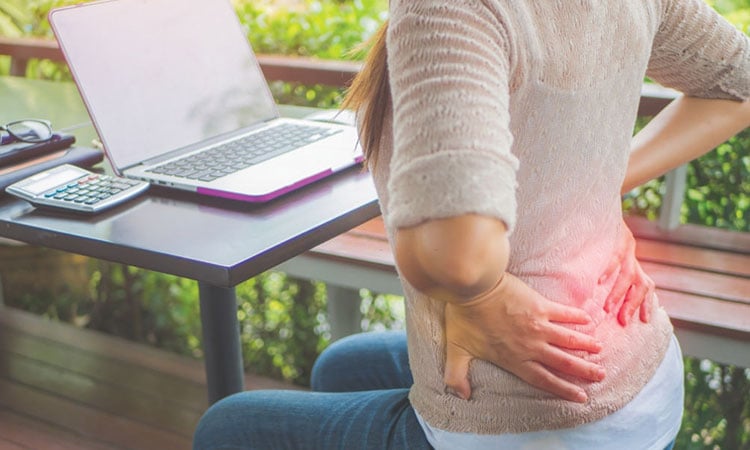
C-section is a major surgery that bears all the unforeseen consequences of surgery. Many new mothers complain of burning hip pain after C-section. Therefore, C-section can be a major cause of hip pain after pregnancy.
C-section scar complication
C-section scar complication is a major reason for hip pain after a c-section. As a part of patching up the incision site of the c-section body increases the production of collagen fibers. These fibrous tissues may start unevenly distribute in and around the C-section site.
The scar tissues get to adhere to tissue in the surrounding areas. When the scar tissue attaches to the sacrum, it will prevent its free movement. This makes bending, twist, and walking difficult and leads to back pain and hip pain.
Piriformis syndrome
According to NCBI, Piriformis syndrome can trigger persisting hip pain after a c-section.
Spinal anesthesia is administered for c-section.
Sitting in the same position for a long time after a c-section (like for breastfeeding baby), lifting heavy objects after cesarean delivery, etc. can cause sciatic nerve compression.
This can trigger irritation, inflammation, and spasm of the piriformis muscle, leading to piriformis syndrome. Pain in and around the hip region is one of the main signs of piriformis syndrome.
Exercises And Hip Pain After Delivery
Postpartum hip pain exercises help to relieve hip pain after delivery significantly.
However, when it comes to exercises after delivery, first of all, it is always better to take the service of a physical therapist. Not all the exercise for hip pain suits everyone.
Here are some points to remember before going for exercise after delivery
- Never hold the breath while exercising.
- Starts slowly and increase the number of repetition progressively as the days go.
- Increasing pain or the appearance of new pain is a sign that you are doing the exercise wrongly.
Try to find a therapist, who can combine orthopedic and pelvic floor therapy. It is always advantageous to find a physical therapist specialized in pelvic girdle pain. He will help to realign hips after pregnancy efficiently.
Remember, the pelvic girdle and hip are connected to each other. Hip bones are part of your pelvis. Therefore, a therapist who can understand and treat all the pain connected to the midsection in an integrated fashion can treat effectively.
7 Ways To Deal With Hip Pain Postpartum
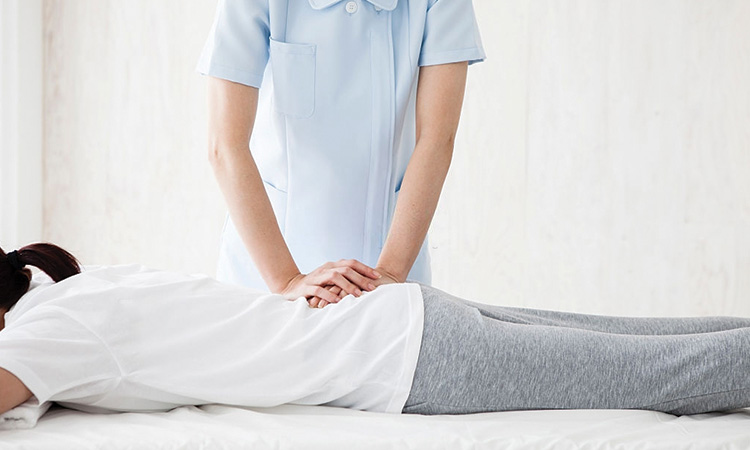
It is always important to understand where the pain is concentrated. If you are feeling pain inside the hip, it can be most probably due to some issues with the hip joint. On the other hand, if the pain is feeling outside the hip. It can be some issues connected with muscle and ligaments.
Dr Ankita Patel Tayal MD OBGYN, recommends that if hip pain after delivery is not due to serious conditions that necessitate surgery or other medical intervention, it can be dealt with with self-care. If the pain is not severe, you can try out any of the following measures to relieve it.
1. Take rest
Giving rest to the affected joints that pain as much as possible is the first step to deal with joint pain. The same is applicable for hip pain after delivery. Abstain from any activity that puts any level of pressure in the hip area.
Use lots of cushions and pillows to support hips while you are feeding the baby.
Do not even hold the baby for a long time and seek help to look after the baby.
2. Maintain a good posture
Maintaining a good posture is important and necessary for the desired result for hip pain treatment.
A physical therapist provides the new mother some fine-tuning in how they walk, sit down, and sleep without putting extra pressure on their hips.
3. Use warm and cold compresses
Hold ice or frozen vegetable bags wrapped in a towel directly at the area where you feel pain. Let it remain for about 15 minutes. You can do it a few times a day.
You may also try warm compresses also. A warm bath or shower can help to relieve hip pain.
4. Stretches
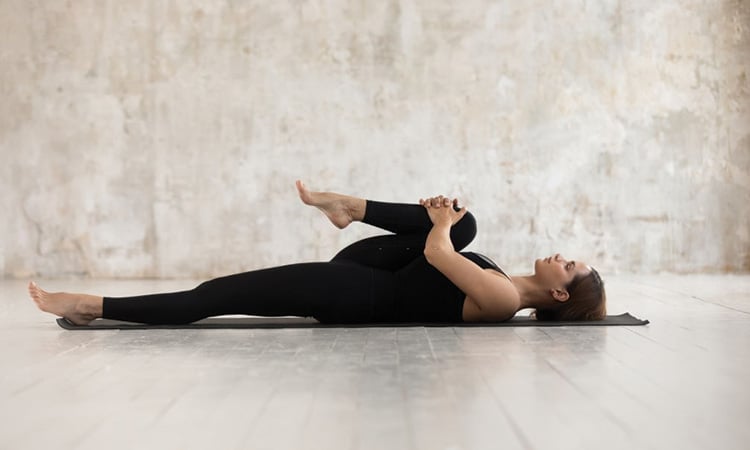
Some stretches and yoga postures are highly beneficial to deal with hip pain after delivery.
You can find several demonstrations of these stretches and yoga postures on the internet. However, you should seek professional guidance while trying out this during the postpartum time.
5. Cortisone shots
Cortisone shots are injections that can potentially alleviate pain and inflammation in a specific area of your body. They can be beneficial for hip pain after delivery as well. However, the effect is temporary.
Doctors consider this only as a part of treatment rather than a treatment. They usually combine cortisone shot with physical therapy.
Generally, a cortisone shot can suppress pain for anywhere from six weeks to six months. The duration of its effect depends on several factors.
There is no scientific proof the shot impede breastfeeding. So it is a safe option to relieve hip pain after delivery.
6. Modification in lifestyle
Some lifestyle modifications such as shedding the extra kilos help to relieve hip pain.
Staying away from activities that put stress on your hip, performing a low-impact exercise that is designed to strengthen the hip bone, etc, also helps to reduce the hip pain after delivery.
7. Hip belts
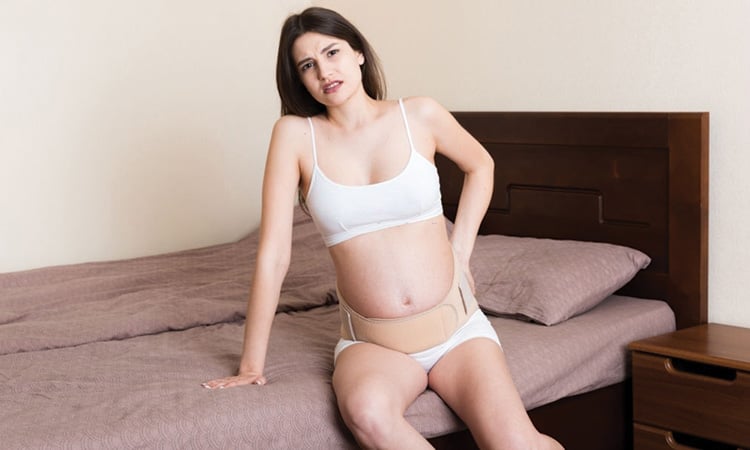
Wearing a hip belt helps to prevent excessive movement of the hips. It also helps to maintain a posture that will not aggravate hip pain.
However, it should be purchased and used as per the instruction of your therapist.
Wearing the support belt all the time is not favorable as the hip muscles start to rely on it and eventually lose their strength and efficiency.
Conclusion:
The hip is a crucial part of the body. It plays a vital role in maintaining alignment and stability. It is the hip that distributes the weight of the upper body to the lower body. Therefore, any action that puts pressure on your hips should be avoided.
Whenever you feel difficulty in your hip while walking, standing, bending, etc. it is important to consult the doctor without delay.
